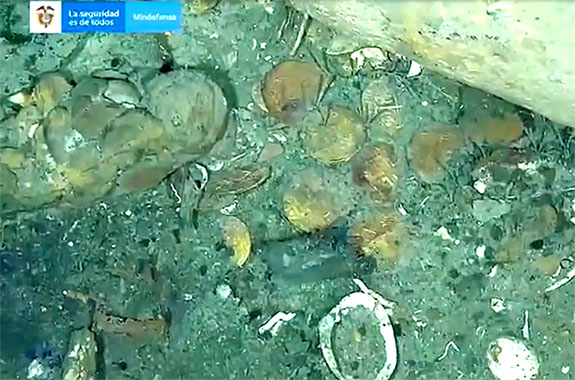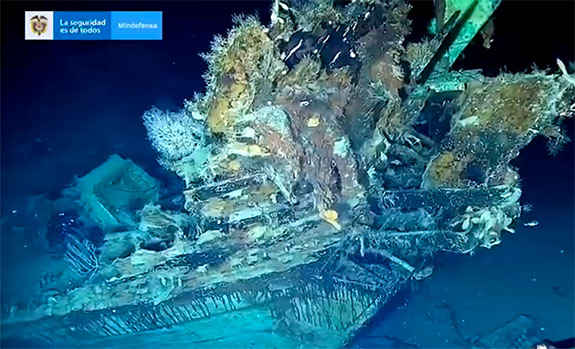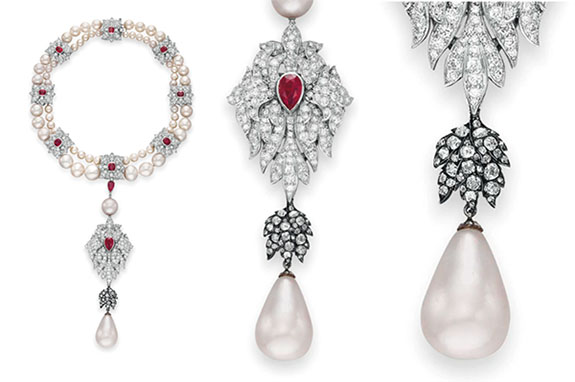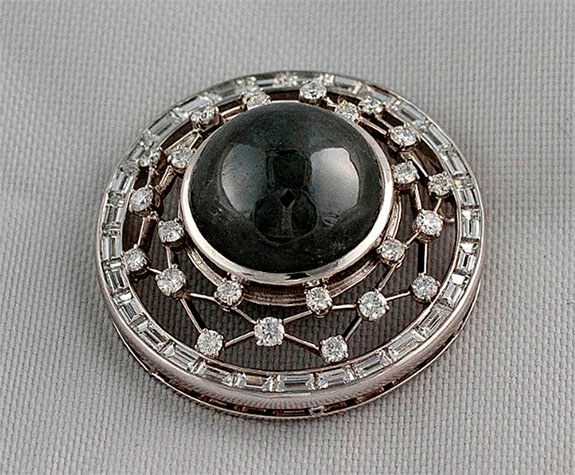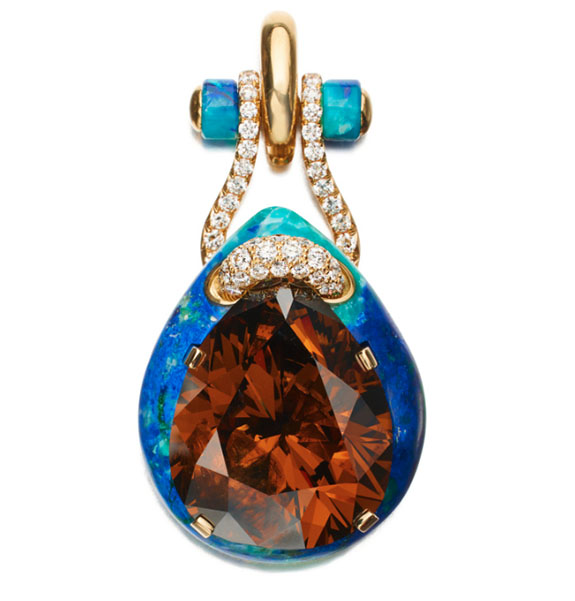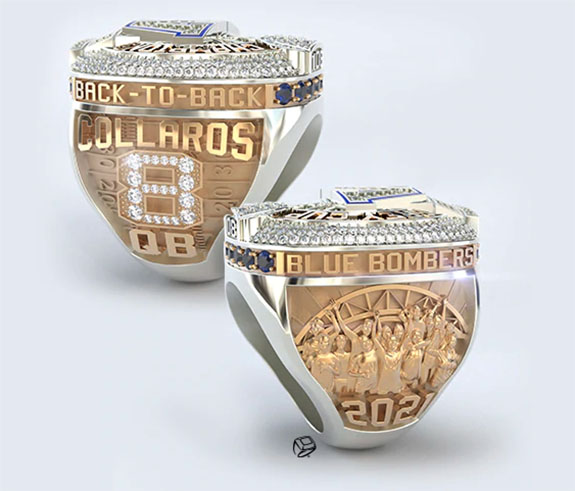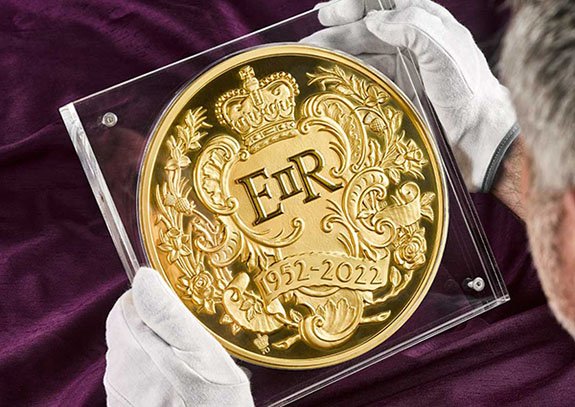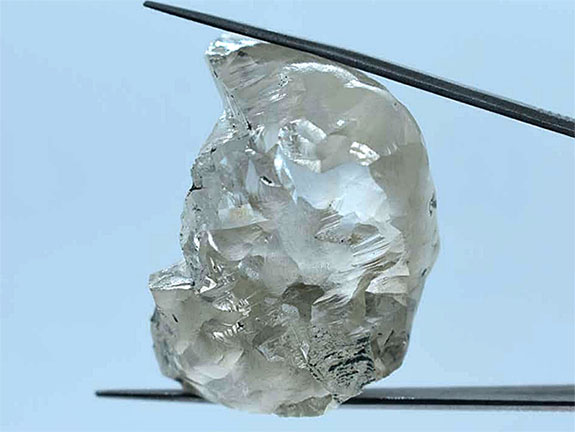The Colombian army just released fascinating underwater footage of treasure strewn from the wreckage of the San José galleon — a warship sunk by the British Royal Navy in 1708.
Considered to be one of the richest treasure ships ever lost in the Western Hemisphere, the Spanish flagship had been carrying more than 200 tons of valuables, including high-purity gold doubloons, silver coins and chests filled with emeralds. The bounty is estimated to be worth up to $17 billion.
The San José languished on the ocean floor at a depth of nearly 1 kilometer (3,280 feet) for more than 300 years. The Colombian navy formally announced the ship's discovery in 2015 near the port of Cartagena on Colombia's coast. Its exact location is considered a state secret.
For many years, a number of entities have claimed ownership of the treasure, including Colombia, Spain, the Qhara Qhara nation of indigenous Bolivians and a professional salvage company.
According to the BBC, Spain had claimed the San José as a "ship of state" as it was under the country's control when it was sunk. The indigenous Bolivians claimed the ill-gotten Spanish treasure was extracted from the wealth its people. The salvage company, Sea Search Armada, claimed to have found the San José wreckage in the early 1980s.
Built in 1699, the 127-foot-long, three-masted galleon had been escorting 11 merchant ships when it was attacked by a British fleet and exploded during the battle. Of the 600 people aboard, only 11 survived.
The video of the shipwreck taken by a submersible vehicle was shared by Colombian Minister of Defense Diego Molano Aponte. In the video, we can clearly see valuable items, such as gold coins, pottery and Chinese porcelain teacups, scattered across the ocean floor near the wreckage.
Colombian President Ivan Duque praised his country's navy for capturing "images with a level of precision that's never been seen before" and has vowed that the treasure from the wreck would remain in Colombia.
It's expected that valuables from the wreck will be exhibited in a museum to be built in Cartagena.
In an unexpected twist, while studying the site of the San José, the Colombian navy's submersible vehicle also spotted two new shipwrecks — one of a colonial boat and another of a schooner that dates back to Colombia's war for independence from Spain in 1819. Colombian officials have yet to offer details about what either ship might have been transporting.
Credits: Screen grabs via Twitter.com / Diego_Molano.

